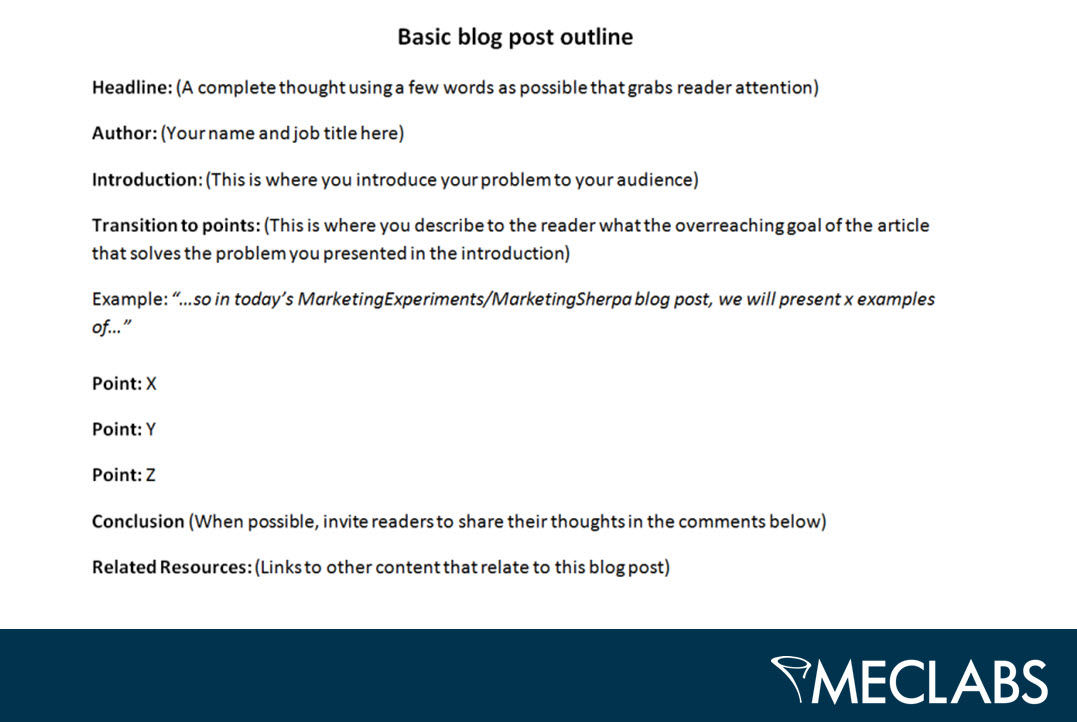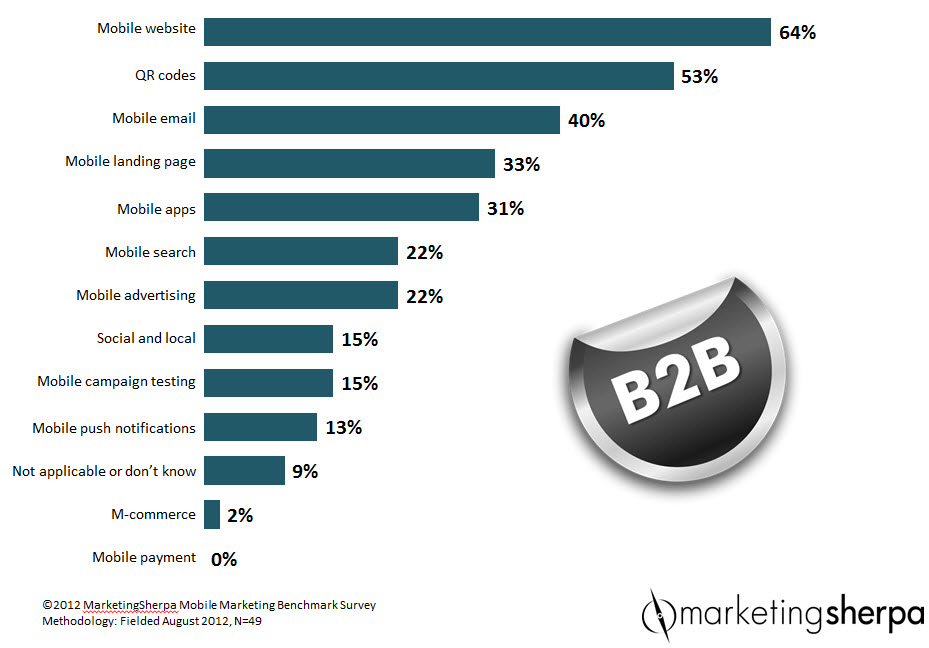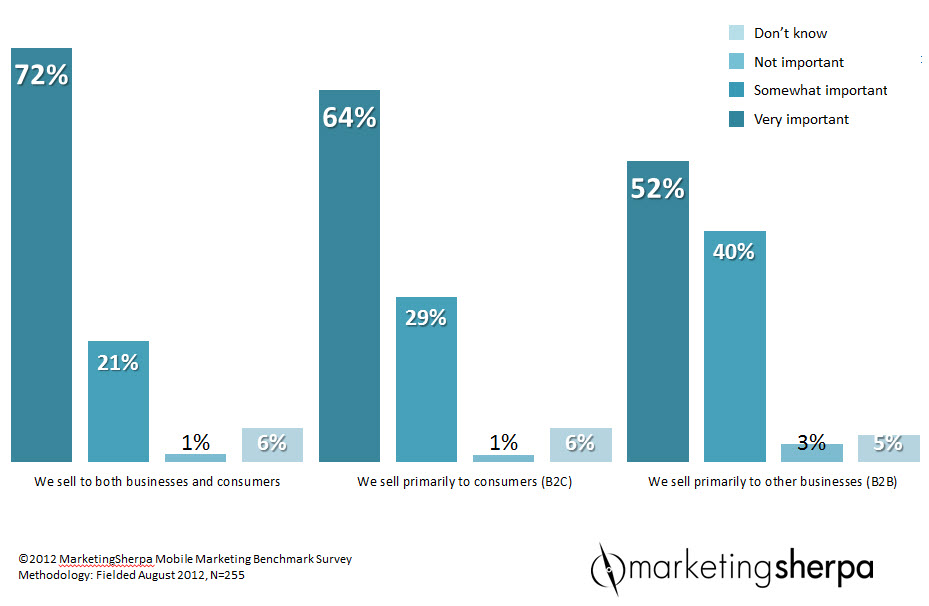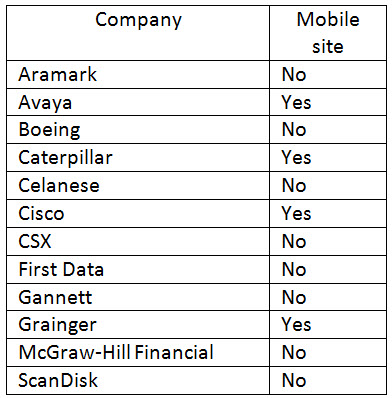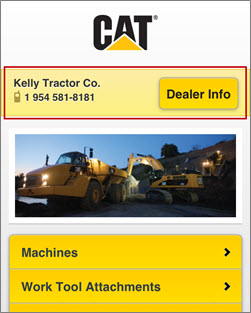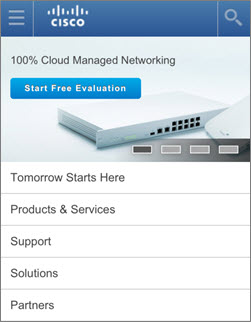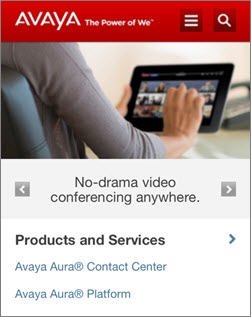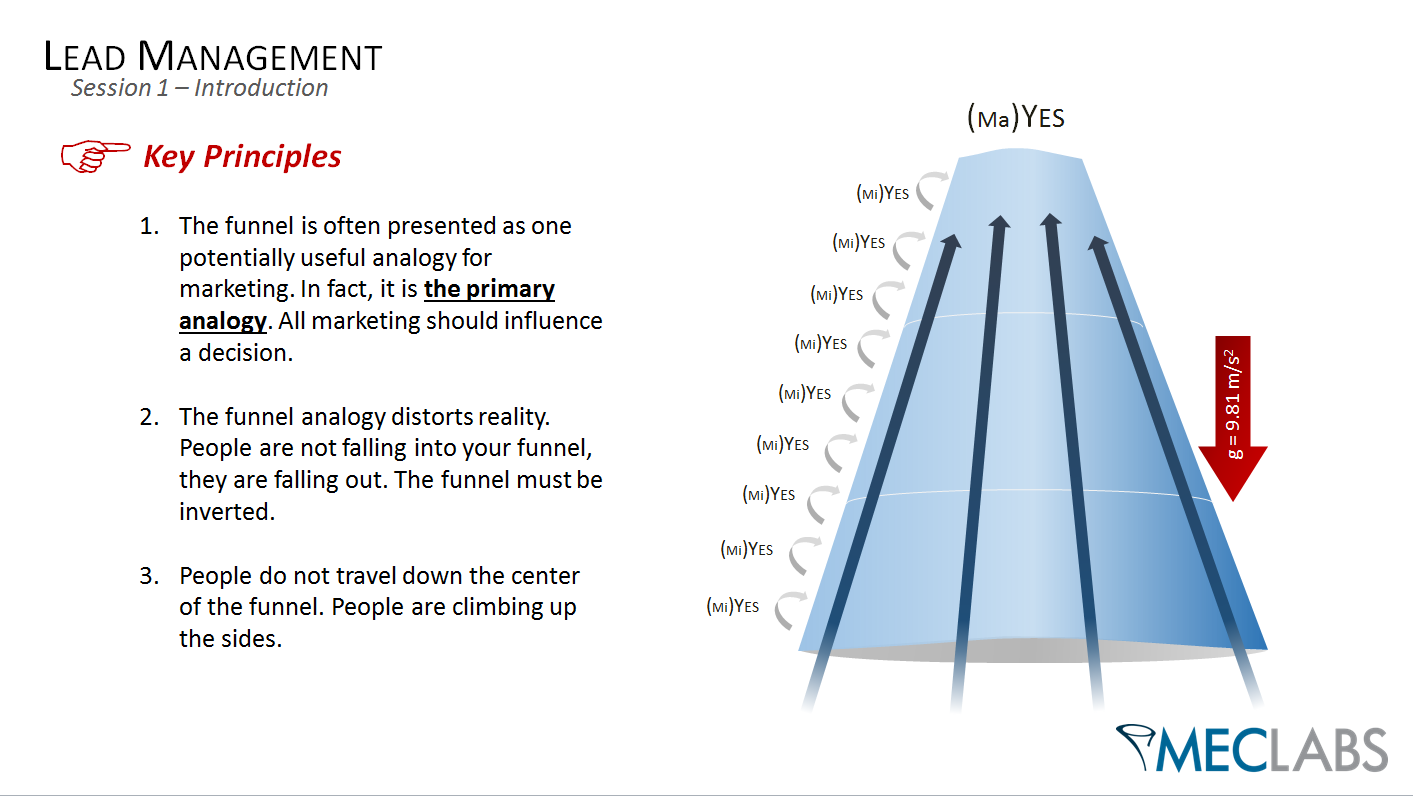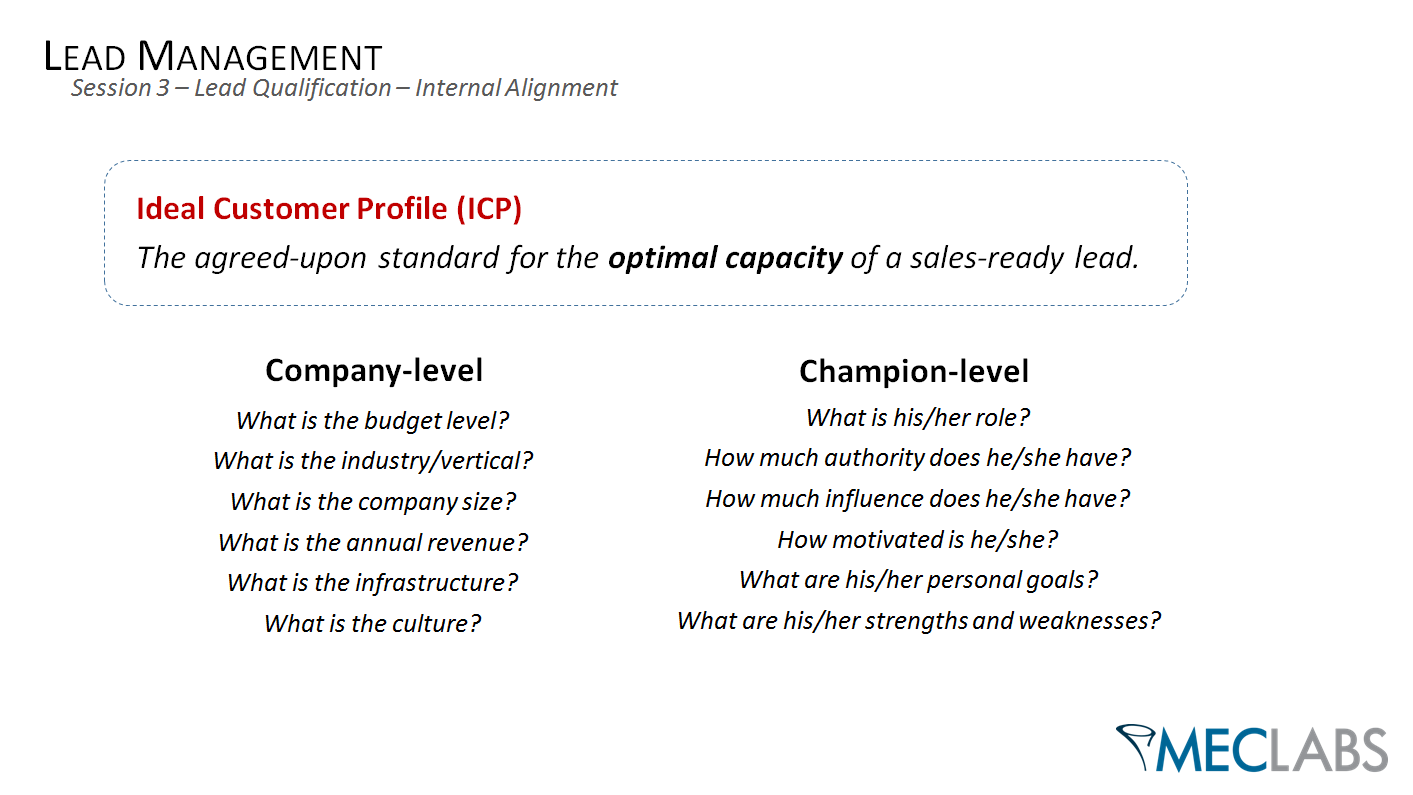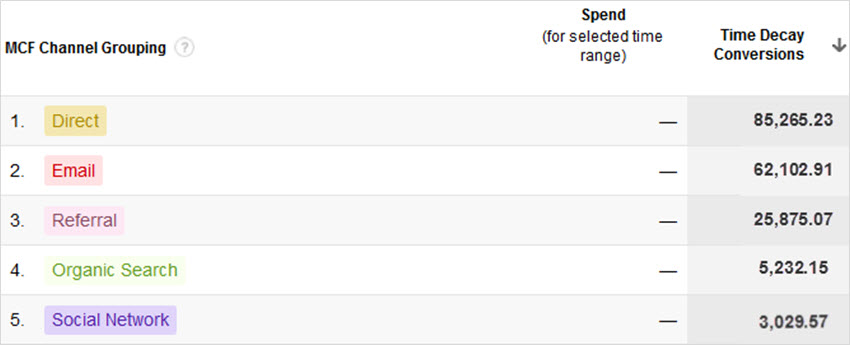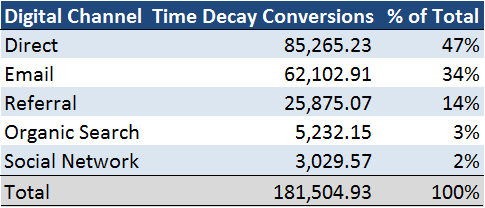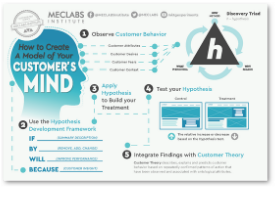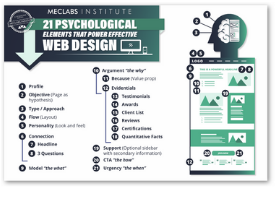Lead Generation: Who knows the customer better – Marketing or Sales?
Originally published on B2B LeadBlog
I once worked with a field marketing vice president who was calm, cool and collected for every presentation she prepared for.
Well, all except one.
The only presentation that ever seemed to rattle her nerves – and just ever so slightly – was the annual presentation to Sales leaders, justifying her upcoming budget (and, perhaps, existence).
“We talk to the customer every day…”
Let me first say, I am a huge proponent of Sales-Marketing alignment.
But today, just for today, let’s vent a little, shall we?
We’re among friends, so let’s be honest with each other. When things are going well, Sales receives the credit for making plan, making Club, for meeting and exceeding quota.
However, when things go south, Marketing receives the blame for not keeping the pipeline full, not generating enough leads, oh, and if they are generating enough leads, it’s not enough of the right people … these aren’t decision makers!
No matter how things are going, Sales tends to like to stick its nose in the Marketing plan, with the justification being, “We know the customer better. We talk to them every day.”
That is a hard claim to refute, but today on the B2B Lead Roundtable blog, I’m going to give you a little ammo.
Keyword strategy research
I just got back from MarketingSherpa Lead Gen Summit 2013 in San Francisco (MarketingSherpa and the B2B Lead Roundtable blog are both owned by MECLABS). Leading up to Summit, I had the privilege of reviewing all of the presentations to make sure they met MECLABS presentations standards.
I reviewed hundreds of slides, but the information from a single slide I’m going to share with you today really caught my eye.
Marie Wiese, President, Marketing CoPilot, ran an experiment with Grantek.com, a North American B2B systems integration company, to create a keyword strategy that would support lead nurturing.
The team created an initial list of 3,000 keywords, and culled it down to 50.
The keyword topic suggestions came from two sources:
- Sales-team suggestions
- Data-driven keywords
The Results: Data trumps the golden gut
Let’s take a look at some of the keywords that were chosen, along with how they performed:
Sales-Team Suggested
- Manufacturing electrical energy consumption – 6.95% clickthrough rate
- Manufacturing infrastructure – 7.7%
- CPU data – 5.9%
Keyword Strategy & Data-Analysis Driven
- Machine guarding – 11.5% clickthrough rate
- Manufacturing information technology – 10.6%
- Machine safety – 11.0%
- Manufacturing data – 10.3%
- Plant safety – 13.5%
- Access and control/access and control technology – 19.1%
- Manufacturing cloud – 16.2%
Key Learning: Use numbers to help make your case in the organization
I had a lot of fun ribbing Sales in the beginning of this blog post. But, I don’t mean this at all as a negative statement about the Grantek sales team, or any sales team for that matter.
This is human nature. We all feel that we have a golden gut to some extent, especially when we’re interacting directly with customers.
But unless you’re Steve Jobs, you don’t. You have to realize potential customers, especially those that choose another vendor, may not always honestly tell you why. Heck, they may not even know why their organization did or did not buy your solution.
But, here is where things like data, metrics, analysis and tracking results can be so helpful.
While it’s easy to disagree with opinions, it is very hard to disagree with numbers.
Looking to improve your own internal standing with the Sales team, and get a better understanding of what really resonates with your potential customers? I’ll leave the final word on the subject to Marie.
Every marketer has experienced that dreaded moment when trying to pitch a strategy to the sales team and opinion influences tactical execution. A sound keyword strategy allows you to develop content and inbound marketing tactics using data.
It’s hard to agree to spend time, money and resources on a whitepaper about fixing infrastructure when your data suggests you’d get better conversion by addressing access and control. Just because the sales team wants to sell infrastructure consulting, doesn’t mean that’s the best topic to generate leads and support lead nurturing.
Keyword strategies help you understand the difference between selling and buying and decide the right time for both.
Related Resources:
Best in Show: Top takeaways from Lead Gen Summit 2013 – Upcoming October 16 SherpaWebinar
Event Marketing: How a technology start-up made a trade show splash booth-free
B2B Digital Marketing: How Volvo Construction drove site visits through its email campaigns
B2B Sales Cycle: 4 steps to avoid the wasteful ‘no decision’





